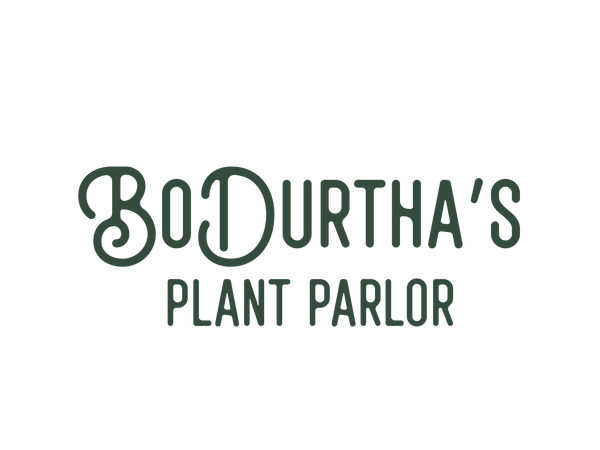Bird's Nest Fern Care
Bird’s Nest Fern (Asplenium nidus)
Overview
- Elegant tropical fern with lush, wavy fronds that unfurl from a central rosette
- Adds soft texture and organic form to modern interiors
- Thrives in bright, indirect light and high humidity
Bird’s Nest Fern is beloved for its sculptural shape and smooth, rippled fronds that radiate from a nest-like center. Its clean lines and vivid green color make it a natural fit for minimalist or tropical-inspired spaces. With steady humidity and gentle care, it becomes a lasting, graceful focal point.
Origins
Native to the humid rainforests of Southeast Asia, Polynesia, and eastern Australia, Asplenium nidus typically grows epiphytically on trees, collecting moisture and organic matter in its rosette-shaped crown.
Light Requirements
- Prefers medium to bright, indirect light
- Tolerates lower light but will grow more slowly
- Avoid direct sunlight, which can scorch the tender fronds
Watering
- Keep soil evenly moist, never soggy
- Water the soil directly—avoid pouring water into the center rosette, which can lead to rot
- Use filtered or rainwater if possible to prevent mineral buildup
Humidity
High humidity (60% or above) is ideal. Mist regularly or place near a humidifier to keep fronds lush and healthy, especially during dry indoor months.
Soil
Aroid Mix. Use a loose, well-draining mix that mimics its natural growing environment—airy and moisture-retentive without compacting over time.
Fertilizer
Feed monthly during spring and summer with a balanced, diluted liquid fertilizer. Avoid overfeeding; ferns are sensitive to salt buildup.
Preferred Growing Method
Potted in a container with drainage. Bird’s Nest Ferns appreciate a snug pot but do well when repotted every 2–3 years to refresh the soil and support new growth.
Final Notes
Bird’s Nest Fern brings serene, natural energy to any room. With its gentle, upward-reaching fronds and preference for humid conditions, it’s the perfect choice for bright bathrooms, kitchens, or shaded plant groupings.
